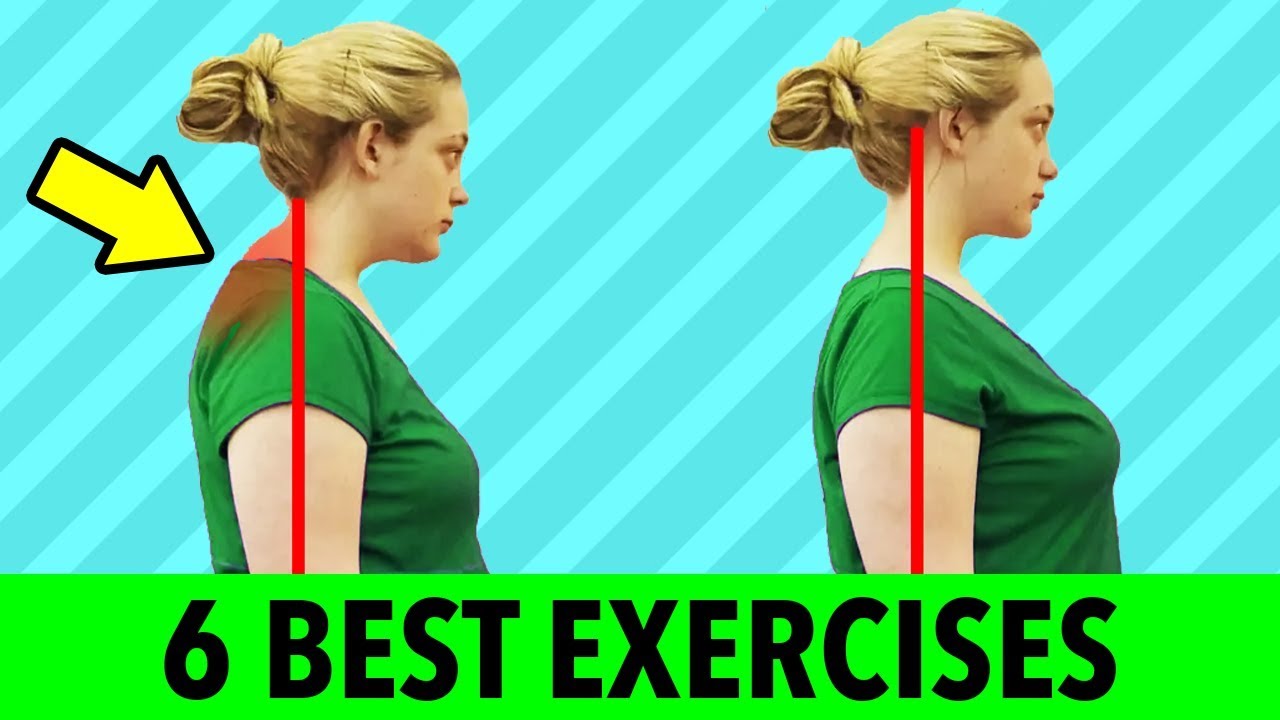Taming the Hump: Effective Strategies to Reduce Neck Hump (Dowager’s Hump) Appearance
A neck hump, also known as dowager’s hump or kyphosis, refers to an abnormal curvature of the upper spine, causing a hump-like appearance at the base of the neck. While it’s not always a cause for major concern, a prominent neck hump can affect posture, confidence, and even lead to pain. This comprehensive guide explores the causes of neck hump, delves into effective strategies to reduce its appearance, and offers preventative measures to maintain good posture and spinal health.
Understanding the Causes of Neck Hump
Several factors can contribute to the development of a neck hump:
- Poor Posture: Slouching, hunching forward with rounded shoulders, or looking down at electronic devices for extended periods can strain the spinal muscles and lead to an exaggerated kyphosis curve.
- Age-Related Changes: As we age, the discs between the vertebrae in the spine can degenerate, losing height and contributing to a forward curvature of the upper spine.
- Weak Core Muscles: A weak core can lead to imbalances in the muscles that support the spine, making it harder to maintain proper posture and potentially accelerating the development of a neck hump.
- Obesity: Excess weight can put additional strain on the spine, contributing to postural deviations like kyphosis.
- Medical Conditions: Certain medical conditions like osteoporosis, Scheuermann’s disease, or ankylosing spondylitis can affect spinal alignment and contribute to a neck hump.
Effective Strategies to Reduce Neck Hump Appearance
While a complete reversal of a pronounced neck hump might not always be achievable, several strategies can effectively reduce its appearance and improve overall posture:
-
Strengthening Exercises: Focusing on exercises that target the upper back and core muscles can help improve posture and support the spine. Exercises like scapular squeezes, rows, planks, and bird-dogs can be highly beneficial.
-
Stretching: Regular stretching of the chest muscles, which often become tight due to poor posture, can help improve spinal alignment and reduce the appearance of a neck hump.
-
Ergonomics: Ensuring proper ergonomics at work and home is crucial. Maintain good posture while sitting, use a supportive chair with proper lumbar support, and avoid slouching or hunching forward while using electronic devices.
-
Physical Therapy: A physical therapist can assess your individual posture and develop a personalized exercise program to strengthen your core and upper back muscles, improve flexibility, and promote proper spinal alignment.
-
Maintaining a Healthy Weight: Losing excess weight can significantly reduce strain on the spine and may help improve posture, potentially reducing the appearance of a neck hump.
Important Considerations:
- Early Intervention is Key: The sooner you address a neck hump, the easier it is to manage its progression.
- Consistency is Crucial: Regular exercise, stretching, and maintaining good posture habits are essential for long-term results.
- Consult a Healthcare Professional: If you experience pain, numbness, tingling, or any other concerning symptoms, consult a doctor or physical therapist to rule out any underlying medical conditions and develop a safe and effective treatment plan.
Preventative Measures for a Healthy Spine
Here are some essential tips to prevent a neck hump and maintain good spinal health:
- Practice Good Posture: Be mindful of your posture throughout the day. Stand tall with your shoulders back and down, and avoid slouching or hunching forward.
- Strengthen Your Core: Regular exercises that strengthen your core muscles will help support your spine and improve overall posture.
- Maintain a Healthy Weight: Being overweight can put a strain on your spine. Maintaining a healthy weight can help prevent postural problems.
- Stretch Regularly: Regular stretching helps improve flexibility and prevent tight muscles that can contribute to poor posture.
- Take Breaks from Sitting: If you have a desk job, get up and move around every 30 minutes to avoid prolonged periods of sitting, which can strain your spine.
Living a Life with a Healthy Spine
While a neck hump can be a concern, by adopting these strategies and preventative measures, you can effectively manage its appearance, improve your posture, and maintain a healthy spine for a lifetime. Remember, consistency and proper form are key to achieving positive results. If you have any concerns or experience pain, don’t hesitate to consult a healthcare professional for personalized guidance.
FAQ
- Can a chiropractor help with a neck hump?
Chiropractic adjustments may help improve posture and flexibility, potentially reducing the appearance of a neck hump. However, it’s crucial to consult a licensed chiropractor and discuss your specific situation before undergoing any adjustments.
- Are there any surgical options for treating a neck hump?
Surgery is typically not the first line of treatment for a neck hump.






More Stories
Is there a lifetime limit on epidural steroid injection?
What is Section 20 of the Motor Accident Insurance Act (Queensland)?
Where to Watch USMNT vs Jamaica National Football Team